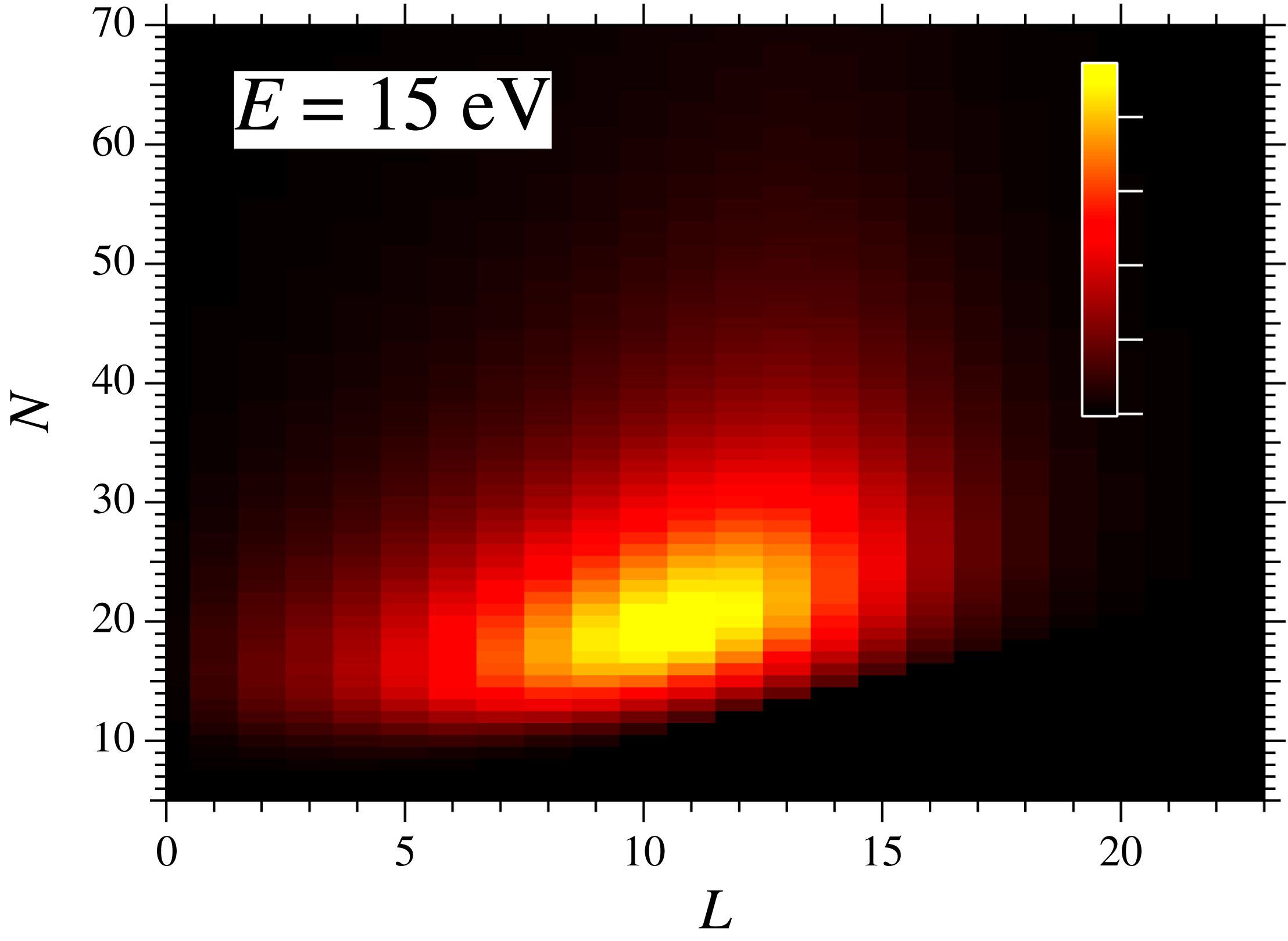EPJ D Highlight - Recipe for muon pair creation, in theory
- Details
- Published on 15 December 2015

Creation of ephemeral muonium atoms could help measure proton size
A true-muonium only lives for two microseconds. These atoms are made up one positively and one negatively charged elementary particle, also known as muons. Although they have yet to be observed experimentally, a Japanese theoretical physicist has come up with new ways of creating them, in principle, via particle collisions. The first method involves colliding a negatively charged muon and a muonium atom made up of a positive muon and an electron. The second involves colliding a positively charged muon and a muonic hydrogen atom made up of a proton and a negative muon. The author found that the second option offers the most promising advances for muonium detection. These findings have been published in EPJ D by Kazuhiro Sakimoto from the Japan Aerospace Exploration Agency in Kanagawa.
In this study, Sakimoto performs theoretical calculations using the semi-classical method for describing the dynamics dominated by the first process. In such cases, the distance between the negative and positive muons is treated as a classical variable and the remaining degrees of freedom are described by quantum mechanics.
Subsequently, the muon exchange dynamics in the second approach involving a positively charged muon colliding with a muonic hydrogen rely on simulations relying on the so-called classical-trajectory Monte-Carlo(CTMC) method. The degrees of freedom in such instances are described using classical mechanics.
This theoretical study is relevant for experiments with low-energy muon beams as part of the Ultra Slow Muon project at J-PARC MUSE. Furthermore, analysing muoniums via spectroscopic methods can be useful to perform high-precision tests related to a theory called Quantum ElectroDynamics (QED). The precision of previous measurements based on hydrogen atoms was limited by uncertainties related to the internal structure of the proton inside its nucleus. This matters for a particular type of measurement of the proton size, called ‘proton radius puzzle’, that has remained unsolved over the past five years. So far, two different measuring techniques have yielded two different measures for the proton size.
K. Sakimoto (2015), Theoretical study of true-muonium μ+μ- formation in muon collision processes μ-+ μ+e- and μ+ + pμ-, Eur. Phys. J. D, DOI 10.1140/epjd/e2015-60427-6




